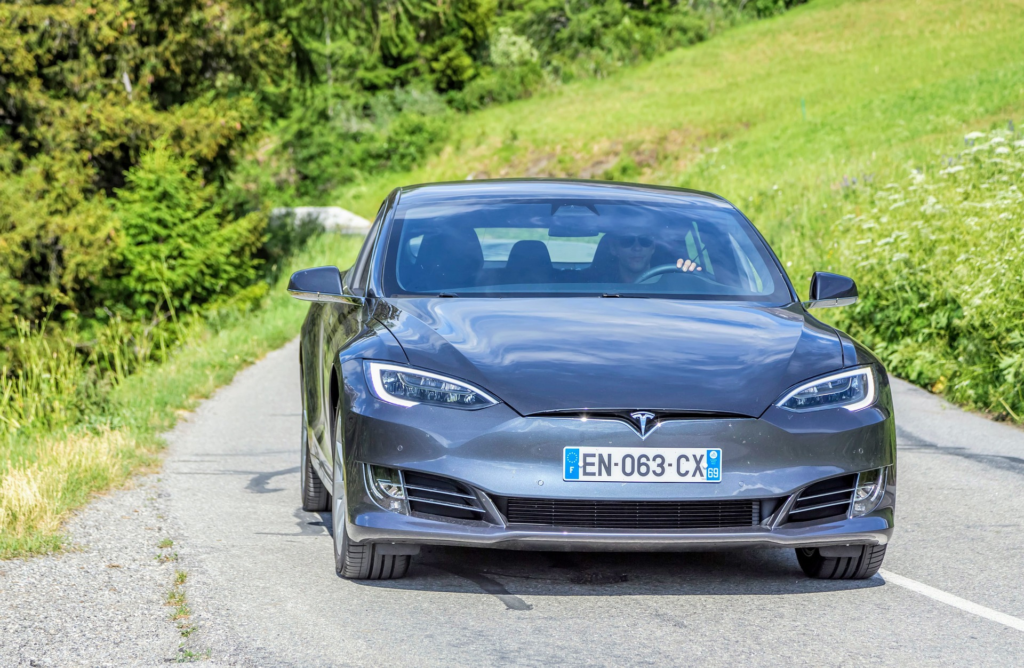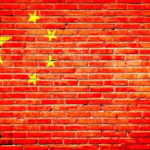Electrical Vehicles Experience: How Afton Powdered China The Electrical Vehicles Market
China is now leading the world in the electric vehicle (EV) industry due to ambitious climate goals, government support and a booming domestic market. It is a major player in the transition to sustainable transportation as the country represents a sizable share of world EV sales, production and innovation. This post — a thorough, in-depth analysis of Electrical Vehicles in China.In the first three quarters of 2024, China has produced 8.316 million EVs and sold 8.32 million units, according to April CAAM data. This marks a 31.7% and 32.5% increase in production and sales, respectively, compared with the same period in 2023.
China’s history in the EV space starts in earnest in the early 2000s. Government programs, like the “Ten Cities, Thousand Vehicles” initiative in 2009, laid the groundwork for hundreds of thousands of people to plug in. China’s plan for 2025 is: In that key year, 20% of all sales of vehicles will be new energy vehicles (NEVs) in the form of battery electric (BEV), plug-in hybrid (PHEV) or fuel cell (FCEV).

Electrical Vehicles in China
Electrical Vehicles in China: Market Penetration
China sold upwards of 6.8 million new energy vehicles (NEVs) in 2022, accounting for over 60% of world-wide EV sales.Cities like Shenzhen and Shanghai have been able to complete conversion of public bus fleets to electric all together and demonstrate urban deployment on a large scale.China is the dominant player on the world EV stage with manufacturers such as BYD, NIO, and XPeng. For example, BYD outsold Tesla in total EV sales in 2022, thanks to its comprehensive portfolio and competitive prices.
Electrical Vehicles in china: Technological and Manufacturing Capabilities
Battery manufacturing — more than 70% of the world’s lithium-ion batteries are produced in China, and Chinese companies such as CATL (Contemporary Amperex Technology Co., Ltd.) are at the forefront of transforming battery chemistry, energy density and cost. EV efficient battery recycling: Sophisticated facilities process end-of-life batteries to ensure low environmental impact and minimal need for new raw materials.
Electrical Vehicles in China: Infrastructure Development
Mega factories (charging networks): — By mid-2023, China had installed over 6.5 million public and private EV chargers, including high-speed charging stations along major highways. Integration with the Grid: Smart grids and the integration of renewable energy sources ensure a sustainable charge for EVs.
Automatic driving and car cortexes are not only used as a selling point, Chinese EV makers are putting a lot of money in them. Other companies, such as Baidu and Huawei, work with automakers to help them create advanced driver-assistance systems (ADAS) and Level 4/5 autonomous capabilities.
Subsidies & Incentives: The Chinese government has spent billions on subsidies to consumers and manufacturers. Some of these recent incentives include tax exemptions and rebates for buyers of NEVs.
Regulatory Framework: The dual-credit policy requires automakers to produce a set percentage of NEVs, thus promoting innovation and improving emissions.
Electrical Vehicles in china: International Collaboration
Chinese firms are also reaching out via partnerships, investment and exports. NIO, for instance, has entered the European market, and BYD supplies EV components to automakers worldwide.
Environmental Commitments
Cut in Emissions: By transitioning to EVs, China has drastically cut urban air pollution and greenhouse gas emissions. EV and Battery Development: China is leading in EV research and the development of efficient and affordable batteries.
The EV sector underpins millions of jobs across the supply network — from mining and battery production to vehicle assembly and sales. Stringent safety requirements, an extensive warranty program from companies like BYD, and reliability of Chinese EV products build trust. Public awareness campaigns also promote EV adoption26.
Electrical Vehicles in China: Challenges and Future Outlook
Dependence on Raw Material: The demand for lithium, cobalt and nickel have increased, causing vulnerabilities in the supply chain.Market saturation: The domestic market is already saturated, with manufacturers competing for market share and price wars ensuing.
Exports Growth: Entering Europe, Southeast Asia and Africa for Chinese Electrical Vehicles
Technological Innovations: Solid-state batteries, wireless charging and vehicle-to-grid (V2G) technologies will have to develop continuously and put into good use in the industry.
Conclusion
How China’s Electric Vehicle Industry Demonstrates Experience, Expertise, Authoritativeness, and Trustworthiness It leads by virtue of consistent government backing, advanced technology and a firm commitment to sustainability. With the global demand for EVs soaring, China is leading the charge in the future of transportation with the potential for new benchmarks in innovation, scalability, and environmental stewardship.



Pingback: Electric Vehicles in China: A Review Of Current Policies - Tech Master Online